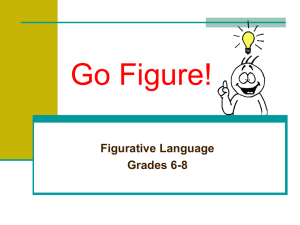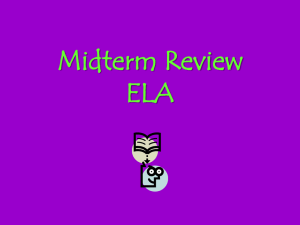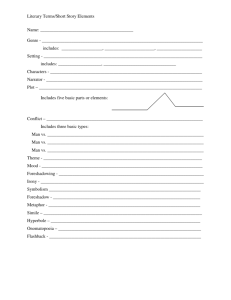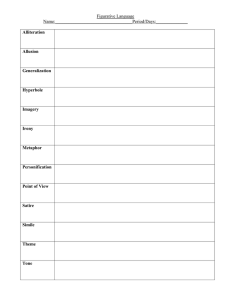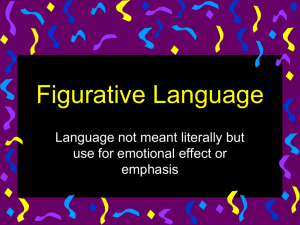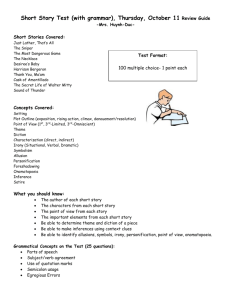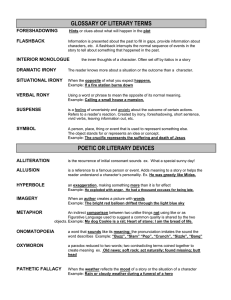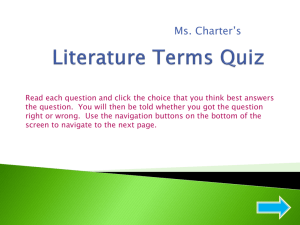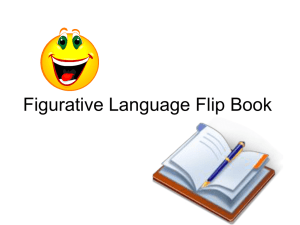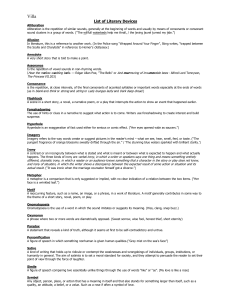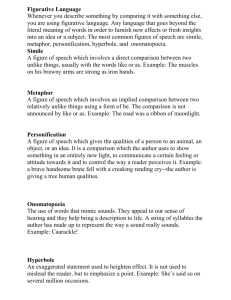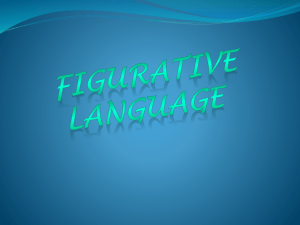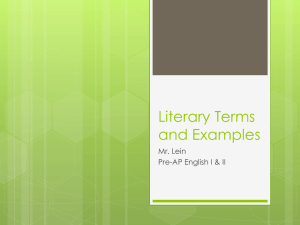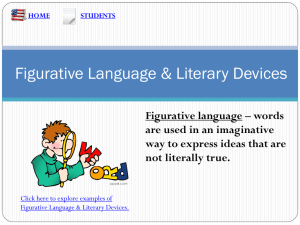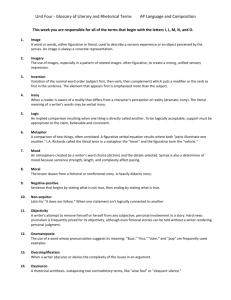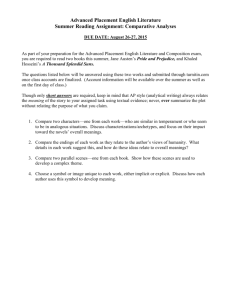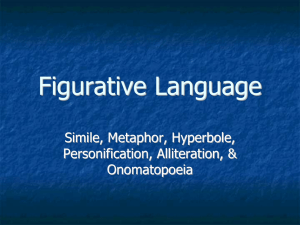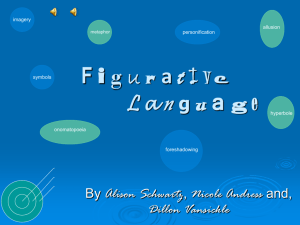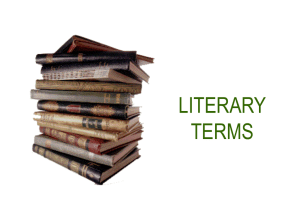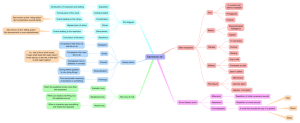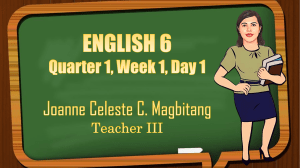Literary techniques refers to any specific, deliberate constructions of
advertisement
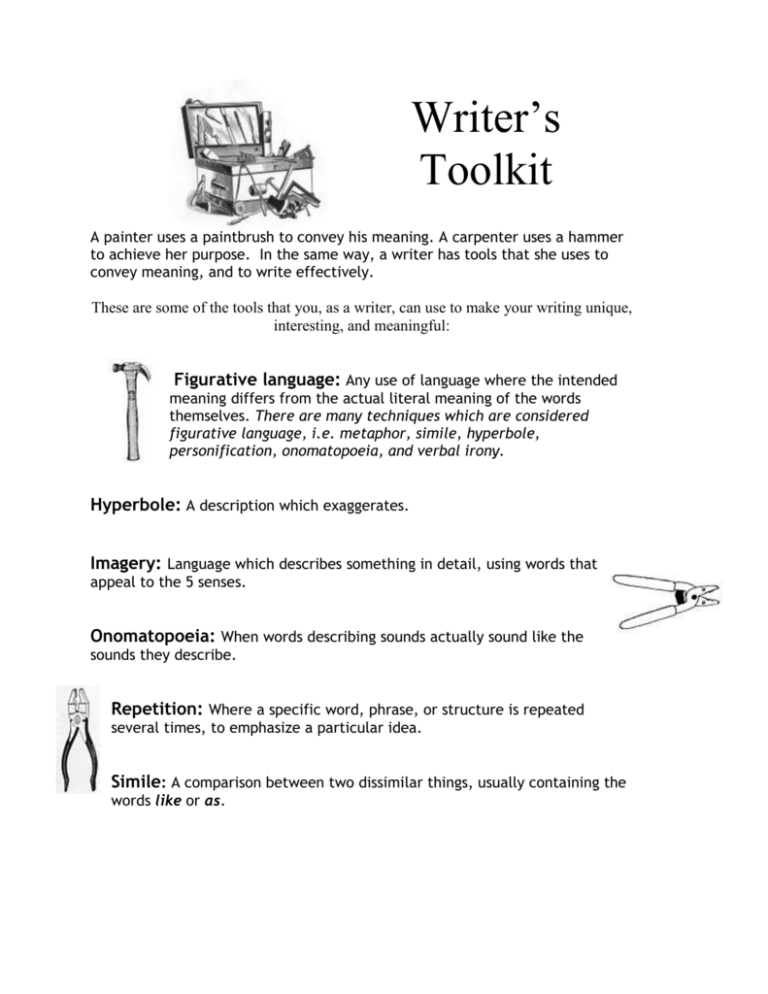
Writer’s Toolkit A painter uses a paintbrush to convey his meaning. A carpenter uses a hammer to achieve her purpose. In the same way, a writer has tools that she uses to convey meaning, and to write effectively. These are some of the tools that you, as a writer, can use to make your writing unique, interesting, and meaningful: Figurative language: Any use of language where the intended meaning differs from the actual literal meaning of the words themselves. There are many techniques which are considered figurative language, i.e. metaphor, simile, hyperbole, personification, onomatopoeia, and verbal irony. Hyperbole: A description which exaggerates. Imagery: Language which describes something in detail, using words that appeal to the 5 senses. Onomatopoeia: When words describing sounds actually sound like the sounds they describe. Repetition: Where a specific word, phrase, or structure is repeated several times, to emphasize a particular idea. Simile: A comparison between two dissimilar things, usually containing the words like or as. Symbolism: The use of specific objects or images to represent abstract ideas. A symbol must be something tangible or visible, while the idea it symbolizes must be something abstract or universal. Foreshadowing: Where future events in a story, or perhaps the outcome, are hinted at by the author before they happen. It is not considered foreshadowing if the outcome is explicitly revealed early in a story (such as by the use of a flashback). Metaphor: Comparisons that show how two things that are not alike in most ways are similar in one important way. Unlike similes that use the words “as” or “like” to make a comparison, metaphors state that something is something else. Irony: A contrast between appearance and reality or a discrepancy between what is expected and what actually happens. There are three main types: Dramatic: Where the audience or reader is aware of something important, of which the characters in the story are not aware. Verbal: Where the meaning is intended to be the exact opposite of what the words actually mean. (Sarcasm is a tone of voice that often accompanies verbal irony, but they are not the same thing.) Situational: Where an event occurs which is unexpected, and which is in opposition to what is expected or appropriate. Alliteration: The repetition of consonant sounds within close proximity, usually in consecutive words within the same sentence or line. Dialogue: Where characters speak to one another, often designated by using quotation marks. Personification: Where human thoughts and/or actions are directly attributed to inanimate objects or abstract ideas.

